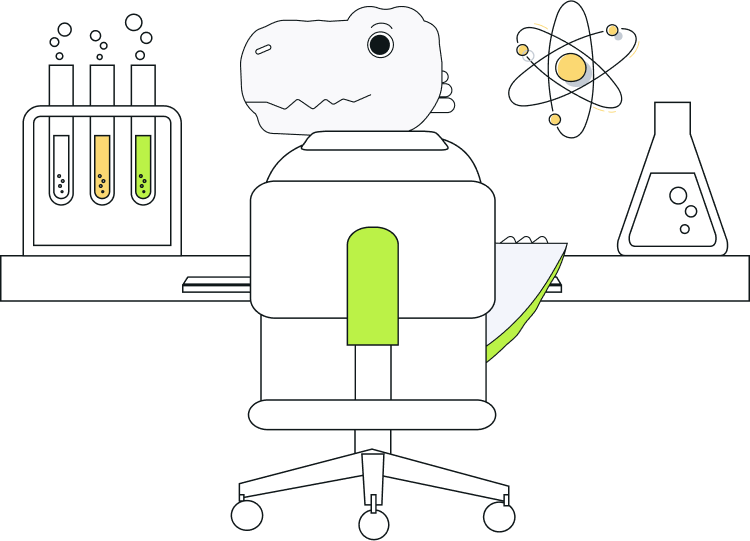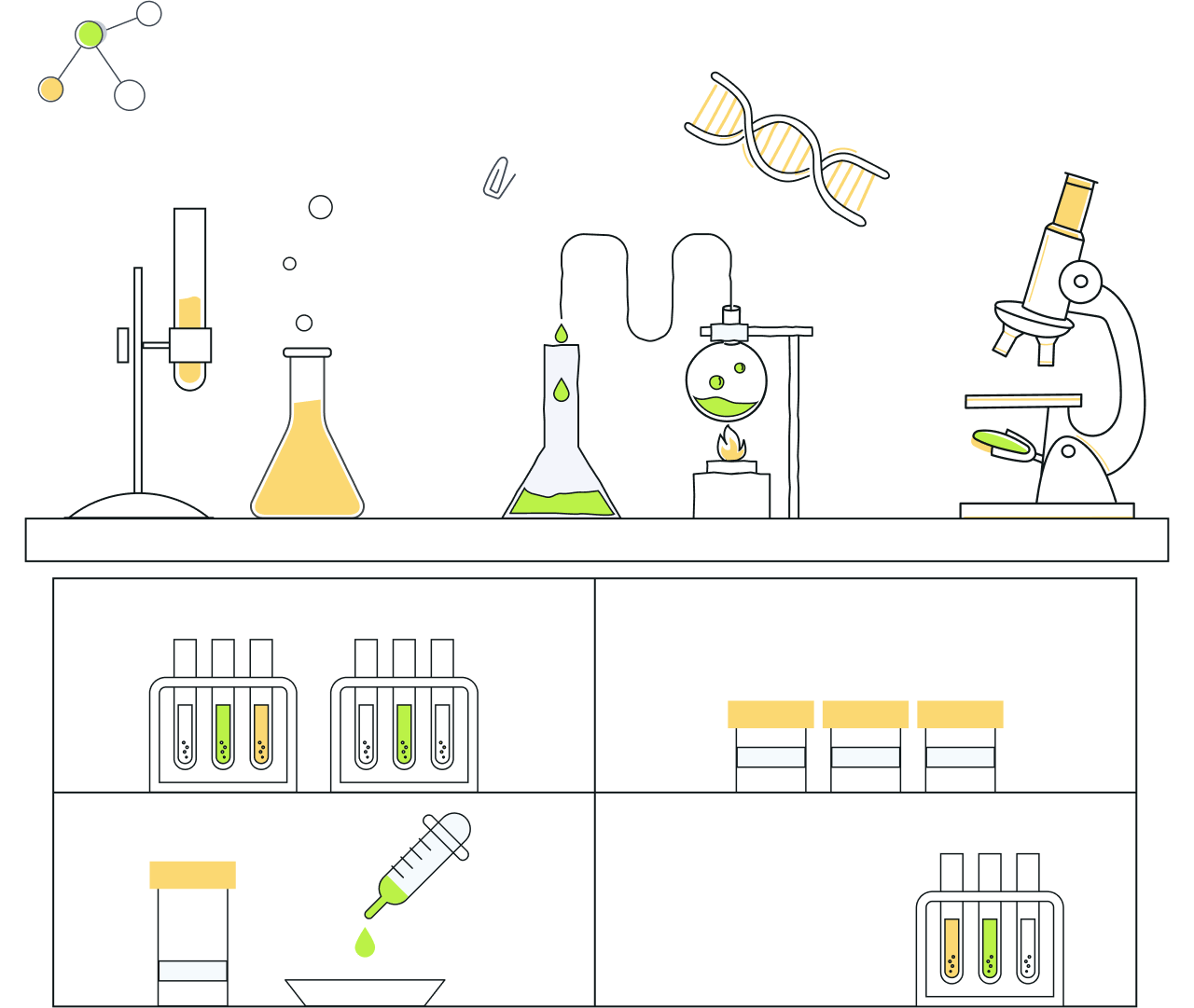Expensive manual data handling
Expensive manual data handling
Each cell line behaves differently. Understanding those behaviors is critical, but running full factorial DoE experiments is often too expensive and time-consuming.
Data scattered across files and tools
Critical parameters are logged in massive Excel files sourced from on-line sensors, at-line instruments, and off-line testing. With data spread across tools and formats and inconsistent templates and naming conventions, comparing across runs becomes nearly impossible.
Slow, manual comparisons delay learning
With data stuck in spreadsheets, answering even basic questions like “how this month’s run compares to last month’s” requires hours (or days) of manual prep and data wrangling.
Clarity across every condition, every run
One source of truth across the process
BioRaptor contextualizes all your offline, online and at-line data, aligns teams on a single view, and makes complex calculations easy and consistent.
Use DoE with ease, optimize where needed
Whether you're running full factorial, partial factorial, response surface, or Bayesian optimization, BioRaptor simplifies DoE setup and analysis, so you can optimize efficiently and confidently.
Run reports that teach the whole team
Automatically generated end-of-run reports compare performance, surface root causes, and build a growing library of learnings for every experiment.

What BioRaptor Can Do for Your Bioprocess

Reduce costs

Enhance quality

Enhance collaboration

Increase throughput

Improve yields

Speed time to market

Maximize experiment insights

More insights
"The amount of data we collected from experiments is extensive, making it difficult to analyze everything. We are using BioRaptor to identify patterns by combining different combinations and then to make predictions about future experiments. It allows us to gain a far deeper understanding of the phenomena we are studying and identify new paths to investigate, really allowing us to move faster and with greater confidence."“

Maya Danino
Senior Scientist



